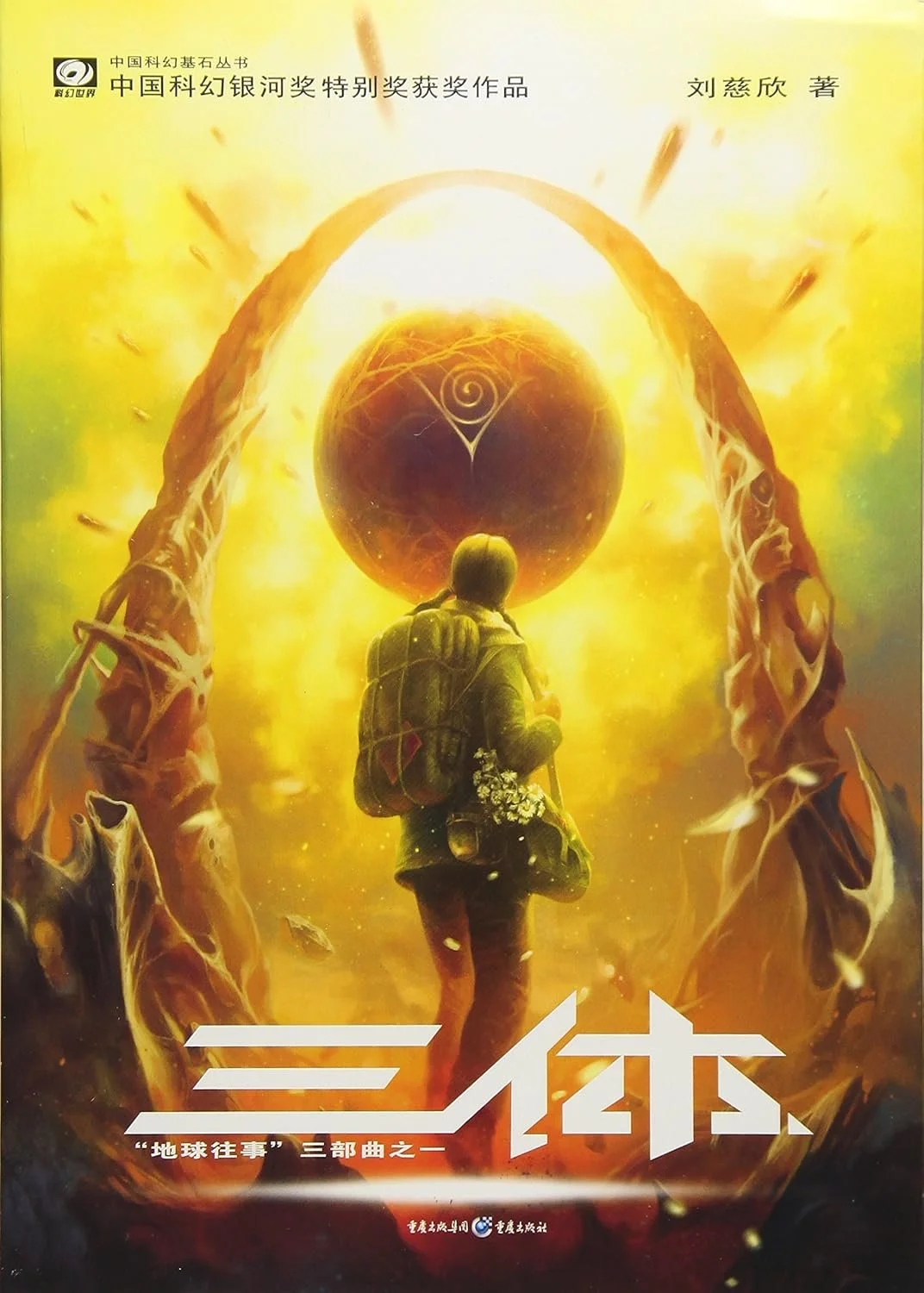The Three-Body Problem by Liu Cixin: Review
By: Catherine Maggiori
Synopsis: This month at SAGANet, we’re discussing the modern science fiction classic The Three-Body Problem.
Author info: Dr. Catherine Maggiori is an astrobiologist and microbiologist. You can find her at the bench, lurking on Twitter, or at the climbing gym.
(Just a note before starting this review in earnest - I’d hate to muck up anyone’s enjoyment of The Three-Body Problem that hasn’t gotten to read it; I know I’ve been avoiding the Netflix show like the plague. Additionally, if you haven’t read it yet, avoid the summary on the front jacket of the novel; it gives away huge story beats. All that to say, proceed cautiously with this review and summary; thar be spoilers ahead!)
In the spirit of Halloween, think about what scares you.
There are lots of things that scare me. Little things: needles. Centipedes. Toni Collette in that scene of Hereditary.
But what about big things? Existential, world-threatening things?
Post-March 2020, I think we can all relate to that kind of fear, unfortunately. I worried about family and friends suffering and succumbing to a mostly-unknown, highly contagious virus. That anxiety affected and changed us all; in my mind, there’s a sharp delineation between “before” and “after” the worst months of the pandemic and lockdown. It was an international crisis and the world is a different place than it was 5 years ago.
(Not to imply that COVID-19 is “over”; COVID-19 is still circulating worldwide and long COVID remains a serious, perplexing chronic condition. In the United States, COVID-19 prevention and best practices have been integrated into the CDC’s Respiratory Virus Guidance index. Please check your nation’s public health agency for information and recommendations!)
It’s those feelings of dread, of forced change, of the floor of reality falling out from underneath you, that are perfectly captured in The Three-Body Problem:
Page 65, Chang Weisi to Wang Miao:
"Yes, the entire history of humanity has been fortunate. From the stone age til now, no real crisis has occurred. We've been very lucky. But if it's all luck, then it has to end one day. Let me tell you: It's ended. Prepare for the worst."
From Macmillan Publishers
The Three-Body Problem is a science fiction and first contact novel by Liu Cixin, first published in Chinese in 2006 as a serialization and as a novel in 2008. It was translated into English in 2014 by Ken Liu and has received countless science fiction and literary accolades, including the 2015 Hugo Award for Best Novel.
The Three-Body Problem is presented non-linearly, spanning several decades and narrators. The chronology begins in China in 1967 during the Cultural Revolution, with Ye Wenjie powerlessly watching her father be beaten to death during a struggle session at Tsinghua University. Ye Wenjie and her father, Professor Ye Zhetai, are both physicists of some renown and Ye Zhetai has been accused of spreading reactionary doctrines.
As an intellectual, Ye Wenjie is later conscripted into the Inner Mongolia Production and Construction Corps, charged with deforesting swaths of the Greater Khingan Mountains. It’s here that Ye is surreptitiously provided with a copy of Silent Spring by Rachel Carson, a 1962 environmental science text that’s largely credited with inspiring modern environmentalism. Silent Spring detailed the persistent consequences of environmental pesticides and the negative effects of man's hubris and uninhibited capitalistic growth on the natural world.
Like many who’ve read it, Silent Spring has an immediate and profound effect on Ye. She comes to the conclusion that “It was impossible to expect a moral awakening from humankind itself, just like it was impossible to expect humans to lift off the earth by pulling up on their own hair. To achieve moral awakening required a force outside the human race.” (Page 28)
This thought determined the entire direction of Ye’s life.
Ye’s physics expertise leads her to the Red Coast Project, which she’s initially told is a high-level national defense and monitoring program, and later discovers its true purpose: attempted contact with extraterrestrials.
Under Ye’s rogue direction, Red Coast succeeds.
Contact is made with beings on Trisolaris, a planet in the Alpha Centauri system, whose civilization is under constant threat from the inherent instability imposed by the three-body problem in orbital mechanics. Alpha Centauri is a triple star system, resulting in Trisolaris having chaotic and variable distances to its three suns and leading to an environment that vacillates unpredictably between stability and destruction.
Trisolarans are thus actively searching for a new home and intend to invade Earth. Despite a warning of these plans from a Trisolaran sentinel, Ye proceeds to secretly herald them to Earth, believing humanity incapable of “solving its own problems” (page 276).
Some 40 years later, The Three-Body Problem shifts perspective to Wang Miao, a nanomaterials scientist who’s drawn into the wake of Ye’s actions. Different factions have become aware of Trisolaris, including an international conglomerate of scientists and military headed by the People’s Liberation Army (PLA) in China that wish to prevent Earth’s invasion and the Earth-Trisolaris Organization (ETO), a group of metaphysical thinkers co-founded by Ye that welcome Trisolaran occupation.
In preparation for their takeover, Trisolaris sends two 11-dimensional supercomputer particles called sophons to disrupt, confuse, and generally antagonize humanity. The reader’s first exposure to these interferences is through Wang; he hallucinates a giant countdown clock in his field of view and describes particle accelerator experiments with completely random outcomes.
Wang’s journey to uncover the truth leads him to “Three-Body”, a virtual reality game revealed to have been created by the ETO and simulates the climate of Trisolaris, prodding its users to find a solution to the three-body problem.
The novel ends with its characters preparing for the Trisolarans’ arrival. Despite moments of despair, Wang eventually takes heart from the sophons’ final message (“You’re bugs!” (Page 383)) as a metaphor for mankind’s ongoing war on nature; despite every advancement, we’ve yet to eradicate the humble locust and other pests. If humans are indeed nothing but bugs, they won’t be eliminated so easily. Ye reflects on her actions, musing that the invasion portends a “sunset for humanity” (Page 390).
These dichotomies between hope and despair, order and chaos, humanism and nihilism, are the driving forces of The Three-Body Problem. Before sophons are revealed to Wang or the reader, it’s postulated by various characters that physics simply does not exist and its laws “are not invariant across time and space” (Page 71).
What a potently terrifying concept.
I’m a scientist. I use science to understand and make sense of the world around me. I included the following quote from Rosalind Franklin in my Ph.D. dissertation, as her words perfectly encapsulate what I would artlessly try to say (from Brenda Maddox’s The Dark Lady of DNA):
You look at science (or at least talk of it) as some sort of demoralizing invention of man, something apart from real life, and which must be cautiously guarded and kept separate from everyday existence. But science and everyday life cannot and should not be separated. Science, for me, gives a partial explanation of life.
In The Three-Body Problem, Wang and his cohorts believe that they have encountered a point at which science has reached the boundary of nature and cannot cross it. Losing the context of scientific laws in explaining the natural world would, quite simply, break my brain and I can’t think of a more frightening notion.
Politics are also prominent in The Three-Body Problem; much of the novel takes place against the backdrop of China’s Cultural Revolution and there are splintering factions both within humanity and within groups aware of the Trisolarans’ coming incursion. The ETO fractures into warring camps of Adventists, who believe that humanity is no longer worth saving and wish to help Trisolaris completely eradicate it, and the Redemptionists, who hope that the Trisolarans will instead improve life on Earth and better humanity.
In a climactic scene, Redemptionists (who refer to Trisolaris as their “Lord”) murder a prominent Adventist in front of Wang, as both factions believe that the other is the greatest threat to the ETO’s ultimate goal (about which they also fundamentally disagree). Science, the natural world, and logic are irrevocably intertwined with one’s beliefs and faith in Trisolaris for ETO members. Ying Di, a physicist who views the sophons’ disruptions firsthand, surmises that:
“To accomplish something in theoretical physics requires one to have almost religious faith. It’s easy to be led into the abyss.” (Page 71, Ying Di to Wang Miao)
I was also (pleasantly) struck by the similarities between The Three-Body Problem and Ender’s Game (both works contain a virtual reality/simulation war game with real-world, geopolitical consequences), as well as to Polaris, a 1920 short story by H.P. Lovecraft.
In Polaris, the narrator dreams of a fantastical marble city where he is charged as sentry and ultimately is lured into sleep by the sinister twinkling of Polaris under a horned waning moon. The marble city thus falls to invaders and our narrator becomes hopelessly unsure of what is dream and what is reality. The “Three-Body” game also has this dream-like quality, oscillating between hazy fantasy and the stark reality of a literal alien invasion. (Polaris is a trinary star system, too; coincidence or conspiracy?!)
The exploration of these concepts and contradictions is expertly undertaken by The Three-Body Problem. Liu Cixin has found a balance between feelings of deep fear and insignificance with wonder, hope, and awe; a heady mixture that most people probably feel when they look up at the night sky. I know I do.
As a “hard” science fiction novel, I also found its explanations of real-world concepts digestible and well-explained. But it’s not a perfect work; the characters are one-note and I couldn’t tell you much about them beyond their job descriptions. I would also be remiss not to mention Liu Cixin’s political statements when this book does not shy away from discussing inherently political topics.
In 2019, Liu expressed support for China’s policies in Xinjiang, which include the mass internment and forced labour of Uyghur and other Muslim-minority peoples. It’s something that makes me hesitant to recommend going out and buying this book, despite my enjoyment of it. If you have a copy or find one secondhand, definitely check it out. I’d easily rank The Three-Body Problem among one of my favourite first contact stories ever (up there with Blindsight by Peter Watts). If you’re interested in more science fiction from Chinese authors, Willow Talks Books on YouTube also has some great recommendations in her review of The Three-Body Problem.
If you read The Three-Body Problem, what did you think? Reach out to SAGANet and let us know!



